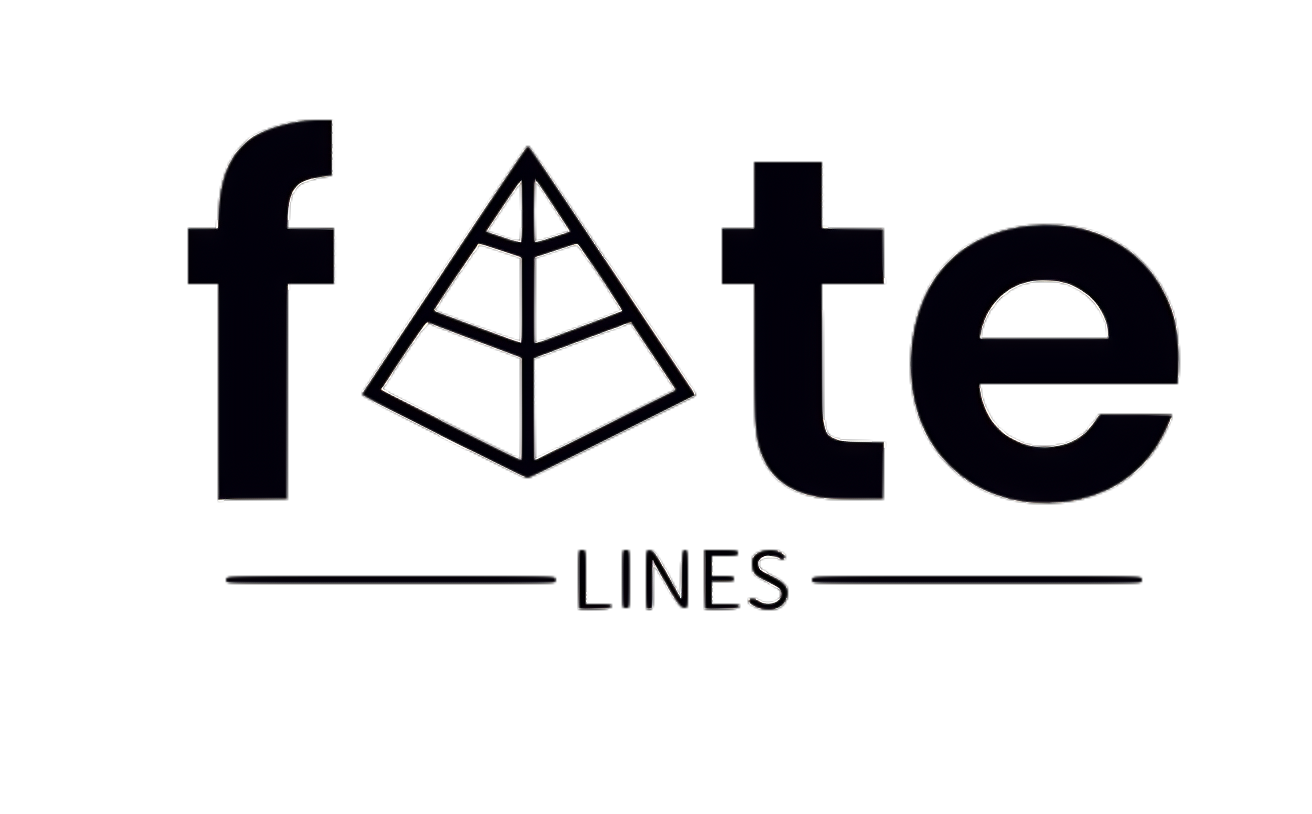The Each-Uisge: Scotland’s Sinister Water Horse – A Harrowing Folklore
The fog looms thick above the Scottish lochs, enveloping the reeds in a ghostly embrace. A chilling breeze cuts through the air, instilling a deep-seated shiver as silence envelops the landscape. It’s a quietude that feels laden with eerie foreboding, a stillness capable of silencing even the bravest hearts. The water lies motionless, mirroring the darkening sky, yet beneath its tranquil exterior lurks an ancient predator—The Each-Uisge, Scotland’s infamous water horse. This creature’s legend is a stark reminder that not all that captivates the eye is safe, and not every beckoning lure is benign. From the treacherous abyss of Loch Ness to the secluded, murky waters of hidden pools, the whispers of the Each-Uisge have echoed through centuries, entwined with Scottish folklore and beckoning the curious to their doom. As we delve deeper, prepare to remain vigilant—there’s much more lurking below the surface.
Understanding the Each-Uisge
The Each-Uisge is a fearsome entity from Scottish mythology, often characterized as a horse that resides in bodies of fresh water and the sea. This shape-shifting spirit deceives its victims, enticing them onto its back before descending into the depths to fulfill its deadly agenda. An embodiment of pure malice, this creature represents the dangerous allure often found in the wild, watery realms of Scotland, showcasing the darker aspects of its landscape.
Delving into the Each-Uisge’s Roots
Unveiling the Each-Uisge requires peeling back the layers of Scottish myths, where this water spirit holds a fearful place. Its name, translating to “water horse”, ties it intricately to ancient Celtic lore, where stories were shared around fires and whispered in hushed tones to instill both fear and respect for the water’s perilous nature. Unlike its more playful counterpart, the kelpie—which may drown unsuspecting travelers but sometimes offers a ride before revealing its true nature—the Each-Uisge is a relentless predator, exposing the terrifying unpredictability that lies within Scotland’s watery domains.
These legends likely emerged from genuine fears of drowning and the unfathomable dangers lurking in murky waters, arising from actual tragedies that were personified into tales of the monstrous Each-Uisge. In a time when life could be taken unexpectedly by a deep loch, the belief in a malevolent force fostered both a method to explain the inexplicable and a stark warning to respect the watery abyss. The enchanting image of a beautiful stallion, especially in a culture that revered horses, became a powerful symbol of temptation, leading to insights about humanity’s vulnerability against nature’s darker manifestations.
A Historical and Cultural Perspective
The myth of the Each-Uisge is woven into the very fabric of Scotland’s historical tapestry, reflecting society’s evolving relationship with nature. For ancient communities, lochs and rivers were critical to survival yet could also be merciless death traps. The Each-Uisge offered explanations for common, fearful realities—a tangible scapegoat for drowning and loss. In many areas, belief in this creature was not just folklore; it permeated the culture, shaping attitudes and behaviors by instilling an acute respect for nature’s formidable forces.
The ability of the Each-Uisge to shift forms symbolizes hidden dangers amidst beauty, a theme prevalent in various mythologies. As it transforms from an attractive entity into one that heralds death, its story cautions against succumbing to appearances, making it a lasting emblem of nature’s relentless power and the human condition’s fragility. Historical narratives around the Each-Uisge mirror our ancestors’ understanding of the treacherous waters they encountered and served as guides for navigating the unpredictable landscape.
Gripping Accounts: Encounters with the Each-Uisge
The Highlands and Islands are replete with spine-chilling tales of the Each-Uisge. One particularly haunting story recounts a stunning white horse that captivated the attention of children in a remote village. Ignoring warnings from elders, they approached it, only to become ensnared by its sticky hide as the creature transitioned into its true form. With a terrifying sound, it plunged into the loch, dragging them into its watery depths in a gruesome fate.
Another chilling encounter involves a farmer who brought in a lost-looking horse only to find himself captured by its deceptive form, transformed into a vessel of doom. Despite his pleas, he was helpless as the Each-Uisge raced towards the water, leading to his disappearance into darkness.
There are also haunting variations where the Each-Uisge might take on a charming young man to entice women, only to betray them, sealing their fate as he shifted into horse form, racing to the waves where they met their end. Each of these narratives intertwines themes of allure, danger, and tragedy—a testament to the horror these legends evoke.
The Lasting Cultural Impact of the Each-Uisge
The fascination with the Each-Uisge in our current age speaks volumes; the potent blend of fear, mystery, and the human connection to nature creates an irresistible draw. Scotland’s dramatic landscapes, complete with their obscured lochs and eerie moors, provide fertile ground for such legends. The creature’s ability to masquerade as a gentle horse highlights a common theme of beauty entwined with menace—a duality that resonates with humanity’s deep-seated fears.
Modern storytelling—through literature, films, and games—has only intensified the Each-Uisge’s intrigue, presenting updated interpretations while retaining its core terror. These modern adaptations safeguard the legend, ensuring that the water horse remains embedded in the cultural consciousness of both Scots and the wider world. From cautionary tales that echo history to more fantastical recreations, the Each-Uisge remains a powerful reminder of nature’s savage beauty and nuanced perils.
A Critical Examination of the Myth
While the folklore surrounding the Each-Uisge offers captivating narratives, a discerning analysis reveals its roots in human psychology and cultural context. While accounts of its existence abound, they have often been embellished over generations, stemming largely from historical drownings attributed to nature’s unpredictability. The creature may have been born from sightings of aquatic animals or natural phenomena misinterpreted under low light, feeding the psyche of isolated communities.
This leads to an understanding of how societies navigate fears and create folklore to make sense of their environment. The Each-Uisge represents both a manifestation of collective anxiety regarding water and an enduring example of how myth can shape cultural attitudes toward nature’s unpredictable forces.
The Psychological Layers of the Each-Uisge Folklore
The Each-Uisge embodies a complex interplay between fear and desire—a reminder that danger can cloak itself in beauty. The creature manifests not only as a monstrous entity but as a cunning manipulator, ensnaring the unwary by drawing them close. In the stark landscape of the Scottish Highlands, such seemingly innocent encounters can take on a deeper meaning, portraying how quickly trust can lead to peril.
Its sticky hide symbolizes the entrapment that comes with conceding to superficial allure and the irreversible plunge into despair. This thematic element, where treachery infiltrates familiar comfort, whispers a profound warning about life’s inherent dangers.
Final Reflections by the Dark Waters
As one gazes into the serene yet shadowy Lochs of Scotland, the legend of the Each-Uisge serves as a cautionary echo. The calm façade can be deceiving—an alluring invitation that may conceal unspeakable horrors. The Each-Uisge represents more than just a monstrous tale; it reflects the complexities of human emotion towards nature’s magnificence and risks, echoing through generations as a narrative woven into cultural heritage. When standing by the edge of these dark waters, remember to remain vigilant; the danger may lie just below the surface, waiting for another unwitting soul to heed its silent call.



